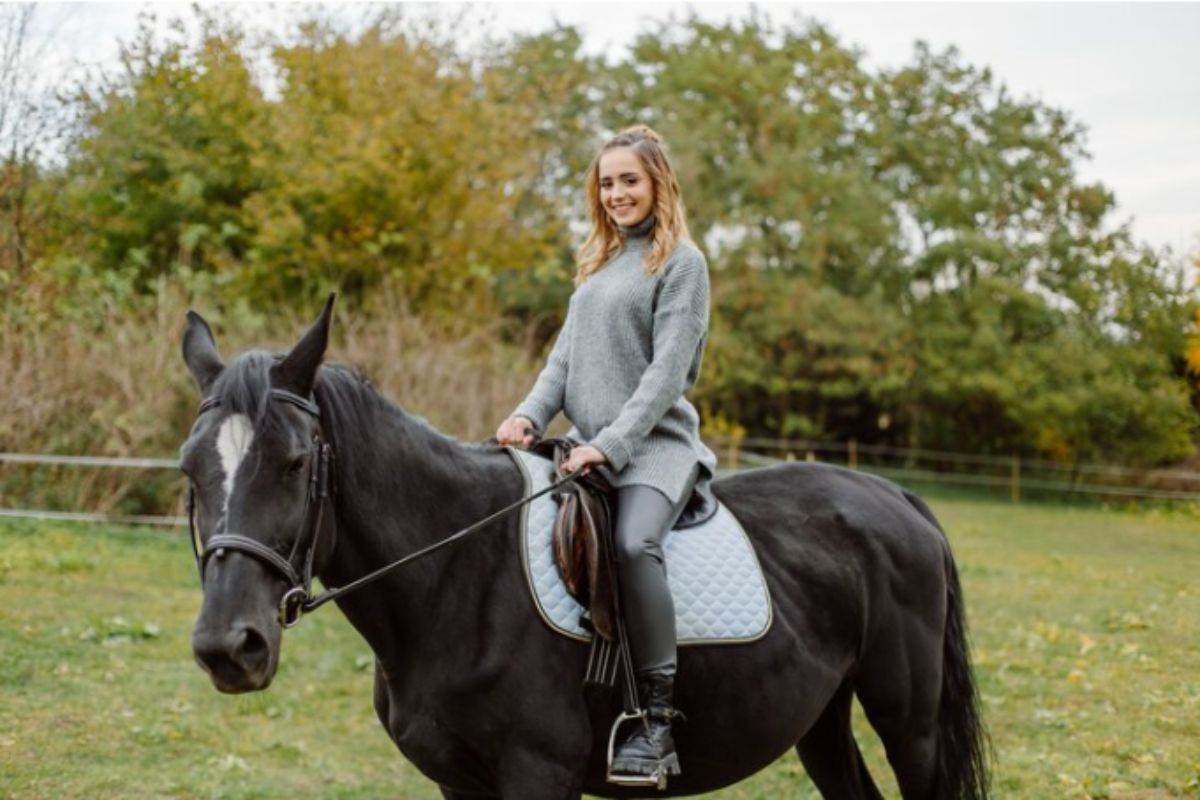If you’ve ever wondered “Does my horse have arthritis or kissing spine?”, then pay close attention, dear reader. Equine bodywork, including techniques such as massage therapy, myofascial release, and stretching exercises, can play a supportive role in managing kissing spine and arthritis in horses. Kissing spine, formally known as overriding dorsal spinous processes (ORDSP), is a condition where the spinous processes of the vertebrae in the horse’s spine are abnormally close together or overlap, causing pain, stiffness, and reduced mobility. Similarly, Arthritis is a common degenerative joint disease characterized by inflammation, pain, stiffness, and reduced mobility in affected joints. Equine bodywork can help manage these conditions in horses in the following ways:
Does my horse have arthritis or kissing spine?
While equine bodywork alone may not directly address the structural abnormalities associated with kissing spine and arthritis, it can help alleviate secondary issues such as muscle tension, soreness, and compensatory movement patterns that can develop as a result of the condition. Here’s how equine bodywork can potentially benefit horses:
- Muscle Relaxation: Equine bodywork techniques such as massage therapy can help relax tight or spasming muscles in the horse’s back, neck, and hindquarters. By reducing muscle tension, bodywork can help alleviate pain and discomfort and improve the horse’s overall comfort level.
- Improved Circulation: Massage therapy and other bodywork techniques can stimulate blood flow to the muscles and soft tissues surrounding the spine. Improved circulation can promote healing, reduce inflammation, and enhance the delivery of oxygen and nutrients to affected areas, supporting the horse’s recovery.
- Increased Range of Motion: Equine bodywork can help improve the horse’s flexibility and range of motion by releasing restrictions in the muscles, fascia, and connective tissues. By enhancing mobility, bodywork can help mitigate stiffness and reduce the risk of further injury or strain on the spine.
- Pain Relief: Bodywork techniques such as trigger point therapy, graston and myofascial release can target specific areas of pain and discomfort in the horse’s body, providing relief from the symptoms of kissing spine and arthritis. By addressing soft tissue dysfunction and promoting relaxation, bodywork can help manage pain and improve the horse’s quality of life.
- Reduced Inflammation: Massage therapy, lymphatic drainage, myofascial release, and acupuncture can help reduce inflammation in arthritic joints by increasing circulation, promoting lymphatic drainage, and modulating the body’s inflammatory response. By decreasing inflammation, bodywork can help alleviate swelling, stiffness, and discomfort in affected joints.
- Preventative Maintenance: Regular equine bodywork sessions can help identify and address minor issues before they progress into more significant problems. By monitoring the horse’s musculoskeletal health and addressing imbalances or compensatory patterns early on, bodywork can help prevent exacerbation of kissing spine and other spinal issues.
Conclusion
It’s important to note that while equine bodywork can provide valuable support for horses, it should be used as part of a comprehensive treatment plan developed in consultation with a veterinarian. In severe cases, surgical intervention or other medical treatments may be necessary to address the underlying structural abnormalities and alleviate pain and discomfort.
So, if you are asking “does my horse have arthritis or kissing spine?” or if you have a general question about how bodywork benefits a horse’s performance, just contact us.
